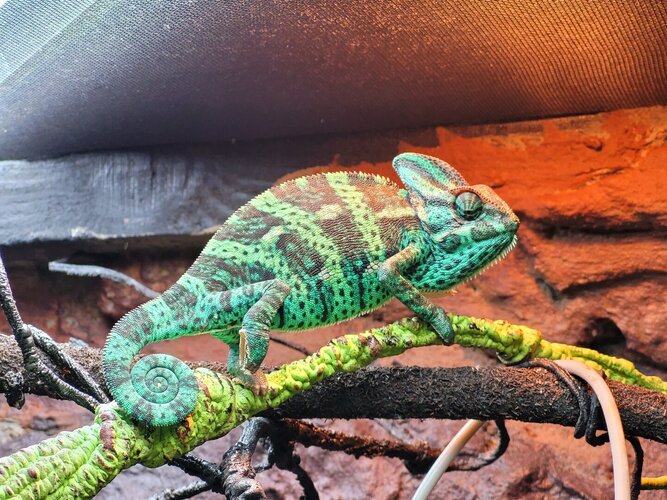Barye
Member
Hello.
As my first Cham, Jojo the 1st, passed away due to a parasitic infection, I didn't want my next one to suffer the same, so I'm much more cautious in caring about him.
It happened though, that due to disinfecting the enclosure with anti bacteria chemical mix (Virkon) the parasites most likely survived it, and according to my research, they need special fluid containing ammonia used against them to wipe them out completely.
While Jojo the 2nd seems completely healthy, had his second shed flow completely fine. He both eats and drinks normally, I just wanted to ensure that his insides are as well as he looks like.
I provided the vet with his one day stool, and the results were negative
It looks like he's infected with Coccidia.
I already know what I have to buy in order to wipe all this trash off (Kilcox) Please tell me if it will be effective enough, if you heard of it.
Generally, it's a blend of high grade synthetic phenol, glutaraldehyde and a quaternary ammonium compound.
I'm going to get the detailed list of cures to purchase tomorrow.
If you know the different sources of Coccidia, except the lack of usage of ammonium based fluid on the pre-infected enclosure, I would be much helpful for writing about them.

As my first Cham, Jojo the 1st, passed away due to a parasitic infection, I didn't want my next one to suffer the same, so I'm much more cautious in caring about him.
It happened though, that due to disinfecting the enclosure with anti bacteria chemical mix (Virkon) the parasites most likely survived it, and according to my research, they need special fluid containing ammonia used against them to wipe them out completely.
While Jojo the 2nd seems completely healthy, had his second shed flow completely fine. He both eats and drinks normally, I just wanted to ensure that his insides are as well as he looks like.
I provided the vet with his one day stool, and the results were negative
It looks like he's infected with Coccidia.
I already know what I have to buy in order to wipe all this trash off (Kilcox) Please tell me if it will be effective enough, if you heard of it.
Generally, it's a blend of high grade synthetic phenol, glutaraldehyde and a quaternary ammonium compound.
I'm going to get the detailed list of cures to purchase tomorrow.
If you know the different sources of Coccidia, except the lack of usage of ammonium based fluid on the pre-infected enclosure, I would be much helpful for writing about them.







